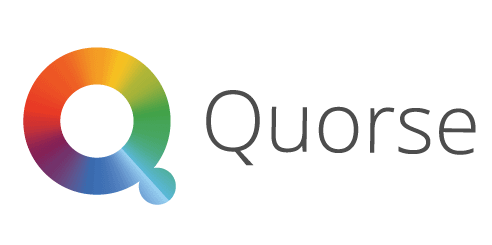Navigating Uncertainty: A Strategic Approach to Risk Management
Introduction
In today’s complex and volatile business environment, organizations face a myriad of challenges and uncertainties. Strategic risk management is essential for identifying, assessing, and mitigating potential threats while seizing opportunities. This article explores the critical role of risk management in organizational success, discussing key concepts, frameworks, and strategies, with a particular focus on its integration with the strategic management process.
The Intersection of Risk and Strategy
Risk management is an integral component of the strategic management process, influencing every stage from planning to implementation and evaluation. By aligning risk management with the organization’s strategic objectives, businesses can enhance their resilience, seize opportunities, and achieve sustainable success.
The Strategic Management Process and Risk Management
The strategic management process provides a structured framework for integrating risk management:
1. Strategic Planning:
- Risk Identification: Identify potential risks through SWOT, PESTLE, and other environmental scanning tools.
- Risk Assessment: Evaluate the likelihood and impact of identified risks to inform strategic direction.
- Risk Appetite Determination: Establish the organization’s tolerance for risk.
2. Strategic Design:
- Risk-Based Strategy Formulation: Develop strategies that address key risks and leverage opportunities.
- Contingency Planning: Create alternative plans to address potential adverse outcomes.
- Risk Transfer and Mitigation: Explore options to manage or reduce identified risks.
3. Strategic Implementation:
- Risk Integration: Incorporate risk management into operational plans and budgets.
- Risk Monitoring and Control: Establish key risk indicators (KRIs) to track risk levels.
- Risk Communication: Effectively communicate risk information to stakeholders.
4. Strategic Continuous Improvement:
- Risk Review and Evaluation: Assess the effectiveness of risk management strategies.
- Risk Culture Development: Foster a risk-aware culture throughout the organization.
- Risk Optimization: Continuously improve risk management processes and capabilities.
Risk Management Frameworks and Tools
Several frameworks and tools can support the strategic risk management process:
- COSO Enterprise Risk Management (ERM) Framework: Provides a comprehensive approach to risk management, encompassing governance, strategy, performance, and reporting.
- ISO 31000 Risk Management Standard: Offers international standards and guidelines for managing risks.
- Risk Registers: Document identified risks, their assessment, and response plans.
- Key Risk Indicators (KRIs): Metrics used to monitor and track the status of key risks.
- Risk Heat Maps: Visual representations of the likelihood and impact of risks.
- Scenario Planning: A strategic planning method that considers different future scenarios and their potential impact.
Building a Risk-Resilient Organization
To effectively manage strategic risks, organizations should:
- Foster a risk-aware culture: Encourage employees at all levels to identify and report potential risks.
- Enhance risk communication: Effectively communicate risk information to stakeholders, including the board of directors, management, and employees.
- Develop risk management capabilities: Invest in training and development to build risk management expertise within the organization.
- Leverage technology: Utilize risk management software and analytics to improve efficiency and decision-making.
- Integrate risk management into decision-making: Consider risk implications in all strategic decisions.
Risk Management and Corporate Governance
Effective risk management is closely linked to corporate governance. The board of directors plays a crucial role in overseeing risk management processes and ensuring that appropriate risk-taking behaviors are established. By aligning risk management with corporate governance principles, organizations can enhance their reputation, protect shareholder value, and build trust with stakeholders.
Risk Management and Business Continuity
Business continuity planning (BCP) is a critical component of risk management. BCP focuses on ensuring the organization can continue operating in the event of a disruptive event. By integrating risk management into BCP, organizations can identify potential threats, assess their impact, and develop plans to minimize disruptions.
Conclusion
Strategic risk management is an essential component of organizational success. By integrating risk management into the strategic management process, organizations can enhance their ability to anticipate challenges, seize opportunities, and build resilience. A proactive approach to risk management is crucial for thriving in today’s complex and uncertain business environment.



